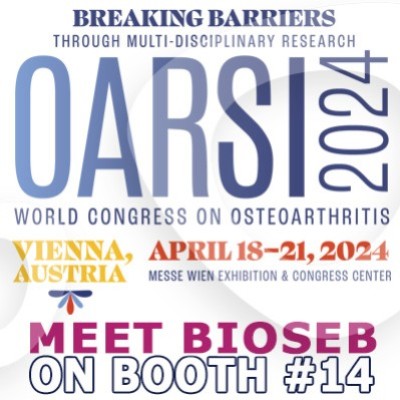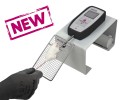Authors
HW Liu, YC Chang, YC Chan, et al
Lab
Department of Life Sciences, National Cheng Kung University, Tainan, Taiwan
Journal
Biogerontology
Abstract
The senescence-accelerated mouse (SAM) prone 8 (SAMP8) has been demonstrated for muscular aging research including sarcopenia, but its underlying mechanisms remain scarce. Physiological indices and histology of skeletal muscle were analyzed in SAMP8 mice at different ages. SAMP8 mice exhibited typical features of sarcopenia at 40 weeks of age and were more time-efficient than that at 88 weeks of age in bothSAM resistant 1 (SAMR1) and C57BL/6 mice. Increase in FoxO3a-mediated transcription of Atrogin-1 and MuRF1 and decrease in phosphorylated mTOR/P70s6k were observed at week 40 in SAMP8 mice. High oxidative stress was observed from week 24 and persisted to week 40 in SAMP8 mice evidenced by overexpression of protein carbonyl groups and reduced activities of CAT, SOD, and GPx. Downregulation of genes involved in mitochondrial biogenesis (PGC-1alpha, Nrf-1, Tfam, Ndufs8, and Cox5b) and in mitochondrial dynamics fission (Mfn2 and Opa1) from week 24 indicated dysregulation of mitochondrial quality control in SAMP8 mice. Impaired autophagic flux was observed in SAMP8 mice evidenced by elevated Atg13 and LC3-II accompanied with the accumulation of P62 and LAMP1. Increases in inflammatory factors (IL-6 and MCP-1), adipokines (leptin and resistin), and myostatin in serum at week 32 and decline in Pax7+_satellite cell resided next to muscle fibers at week 24 implied that muscle microenvironment contributed to the progression of sarcopenia in SAMP8 mice. Our data suggest that early alterations of mitochondrial quality control and autophagic flux worsen muscle microenvironment prior to the onset of sarcopenia.
BIOSEB Instruments Used:
Grip strength test (BIO-GS3)

 Pain - Thermal Allodynia / Hyperalgesia
Pain - Thermal Allodynia / Hyperalgesia Pain - Spontaneous Pain - Postural Deficit
Pain - Spontaneous Pain - Postural Deficit Pain - Mechanical Allodynia / Hyperalgesia
Pain - Mechanical Allodynia / Hyperalgesia Learning/Memory - Attention - Addiction
Learning/Memory - Attention - Addiction Physiology & Respiratory Research
Physiology & Respiratory Research
 Pain
Pain Metabolism
Metabolism Motor control
Motor control Neurodegeneration
Neurodegeneration Cross-disciplinary subjects
Cross-disciplinary subjects Muscular system
Muscular system General activity
General activity Mood Disorders
Mood Disorders Other disorders
Other disorders Joints
Joints Central Nervous System (CNS)
Central Nervous System (CNS) Sensory system
Sensory system Bioseb on booth #14 at OARSI 2024 in Vienna
Bioseb on booth #14 at OARSI 2024 in Vienna 